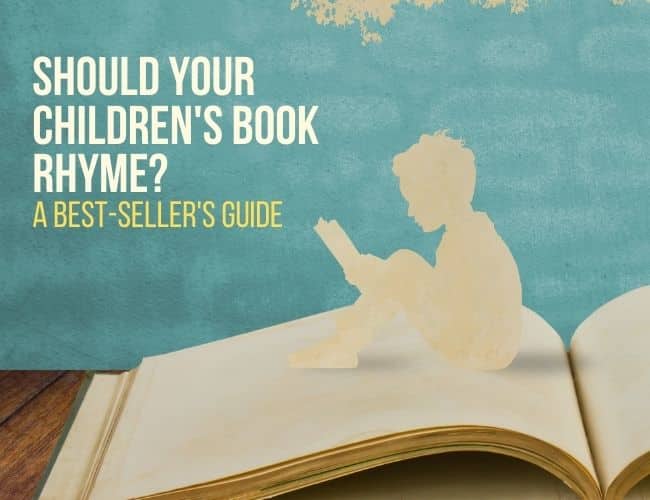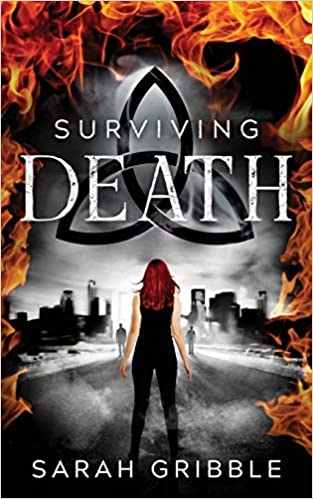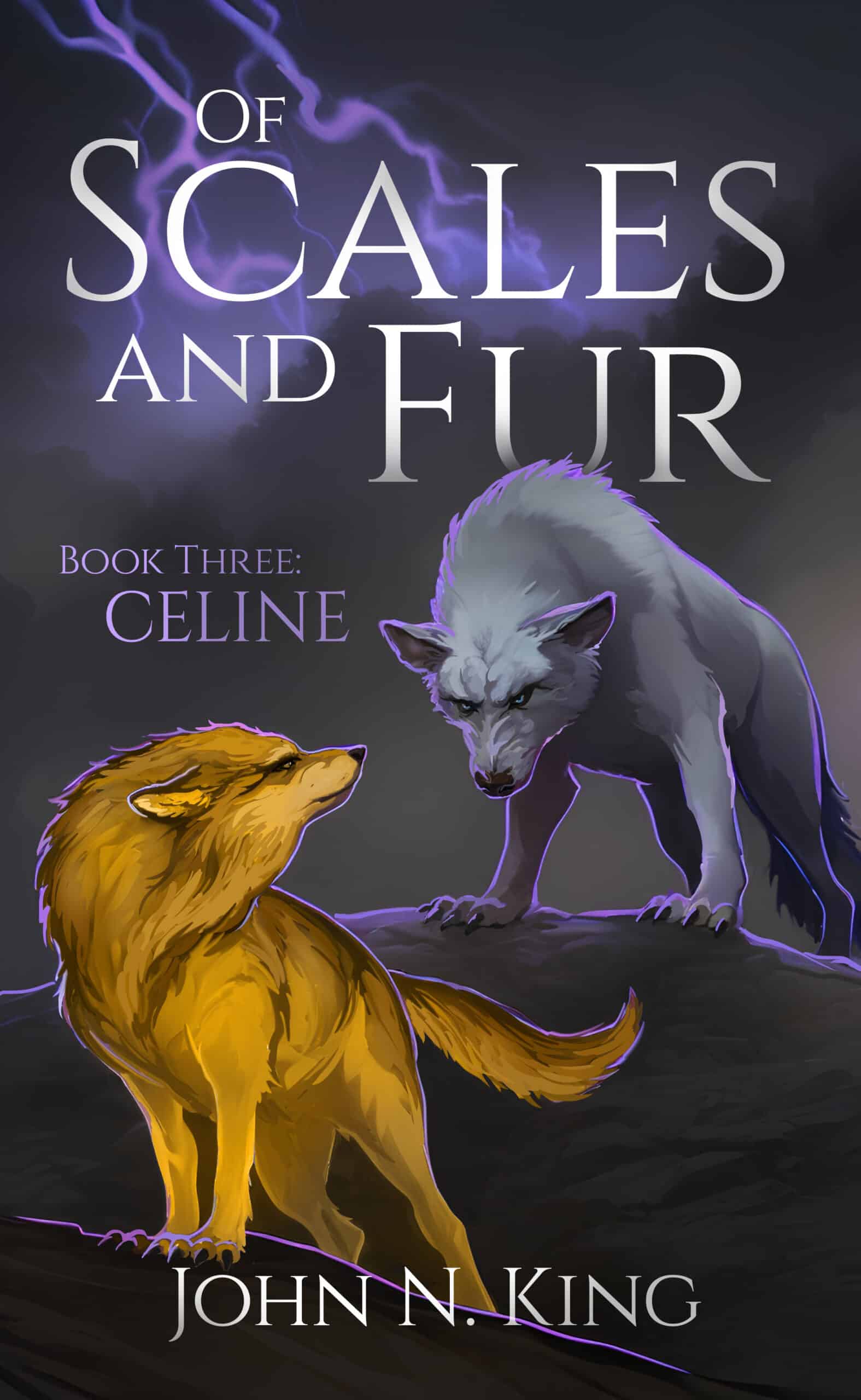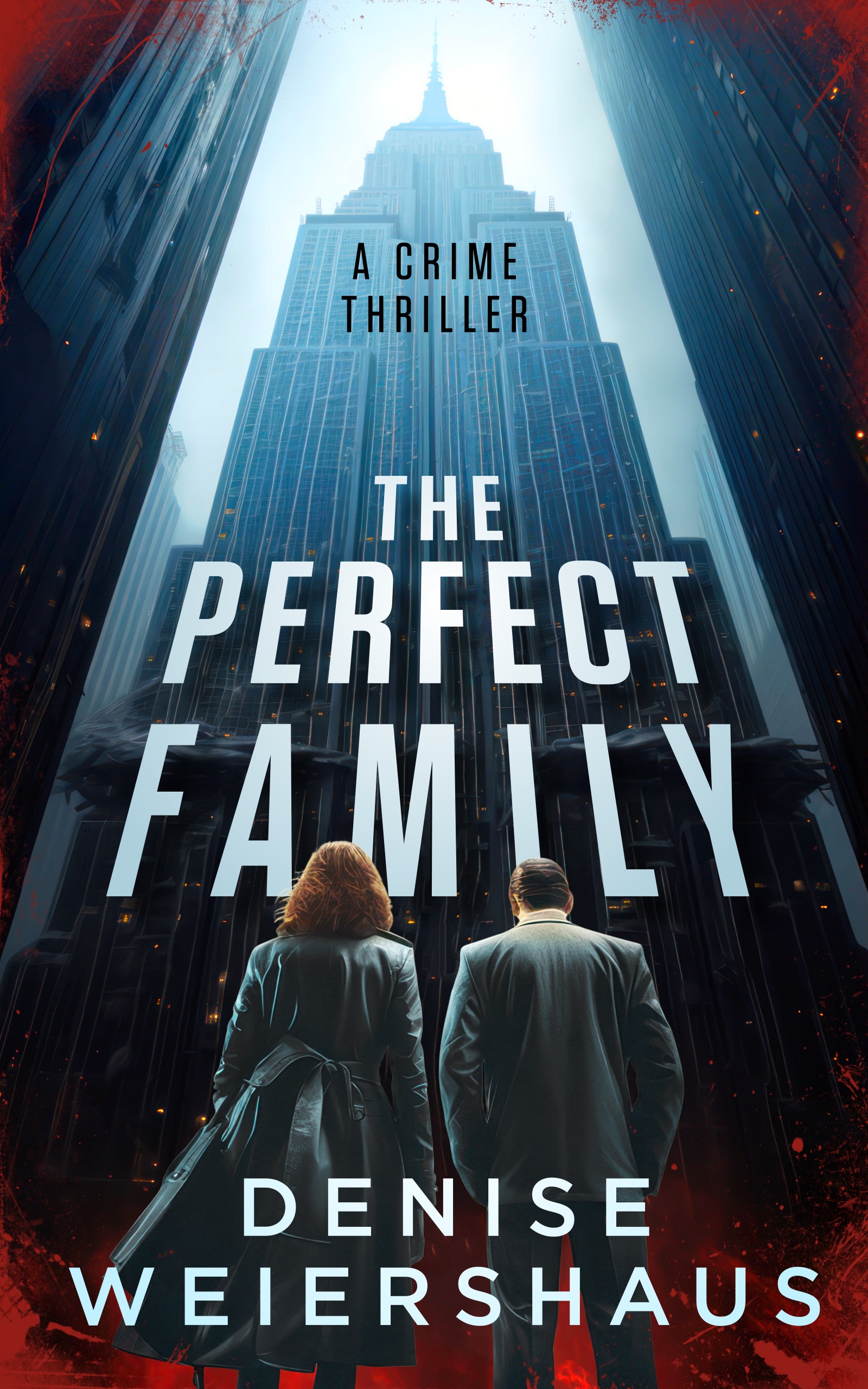You want to write a children's book and you're ready to put words to paper. Do your words need to rhyme in children's books?
Not necessarily, but perhaps. How's that for an elusive answer?
In this article about rhyme in children's books, let's take a look at when and why children's books rhyme to see if yours needs it too.

You may have heard that publishers don’t like books in rhyme. This, I can assure you, isn't true. I've sold many, many rhyming books.
It's more accurate to say that publishers don’t want a bad rhyming book. Bad rhyming happens when the rhyming is forced. Or when the poetic rhythm or meter is off (emphasizing the same syllable in each line). Or when rhyming doesn't benefit the story.
In this next article in our series about How to Write a Children's Book, let's discuss whether or not rhyme may be right for your story.
The Benefits of Rhyme
It's true that rhyme is an important element of early literacy development. By reading or listening to a nursery rhyme or rhyming story, children will:
- Learn about words and language formation
- Notice individual sounds in words (for example, the common ending “-ig” in wig, pig, jig)
- Spark their own imagination and poetry-writing skills (a lifelong skill)
- Appreciate the artistry and impact words make, especially in creating emotion
- Enjoy a fun, engaging, and memorable reading experience
So does this mean every children's book for a younger audience needs to be written in rhyme?
No. The answer depends on the story you want to tell and its potential to be translated down the road.
To Rhyme or Not to Rhyme
When deciding if rhyme or no rhyme is right for your story, consider two realities that may influence your choice.
1. Picture Book Theme
Most rhyming picture books tend to cover simple story themes.
For example, the late Anna Dewdny's Llama, Llama books are all about the adventures of a little llama and his mama. A sample line reads:
Llama llama red pajama
Reads a story with his mama.
My bedtime book, The Night Night Book, also has a simple theme about getting ready for bed:
Comfy bed, all tucked in. Cozy blanket, nose to chin.
Not all successful rhyming books have short and simple words, though.
For example, my book Hooray for You introduces a rhyme with more complex language.
And your feelings deep down are colorful creations, a kaleidoscope of moods and emotional sensations.
While the words are more complex, the story is still about a fairly simple theme: celebrating a child's uniqueness.
But if your story or its themes are more complex, rhyme may not be the right choice. A professional children's book editor and rhyming expert, Brooke Vitale, suggests that the use of rhyme depends heavily on the story you are telling. “The harder your concept is to grasp, the harder it is to relegate it to a few rhyming lines,” says Brooke.
“A children's book theme about deep subjects or intense emotions often requires more explanation. They need to dive deeper, and that can be hard to do when you’re looking at 10–13 syllables per line. Writing a rhyming children's book can be very restrictive, and it tends to strangle a plot line that has too much depth.”
—Brooke Vitale
She's reminding us that the story comes first—the form should be in service to that story.
2. Ability to Translate into Other Languages
A second deciding factor is whether or not your book has potential to be translated into other languages. One concern editors and agents might have about publishing rhyming prose is the inability to translate it into other languages and keep the rhyming structure.
The length of words can differ greatly in other languages, as well as the cultural meaning. This may require a publisher to engage a translation expert, which adds time and cost to the project.
Before you start counting syllables or write one line of poetry in your book, make sure it is the best fit for the story you're telling and that it won't get in the way of future translations, especially if your target audience includes children who would need a translation.
Two Types of Rhyming Structure in Children's Picture Books
Let's say you've determined your story and audience will be best served by rhyming text. Your next choice is to determine which rhyming structure to use. There are many articles that delve deeply into the how-to and types of rhymes.
For now, however, I want to address the two main types: perfect and near-perfect rhyme.
1. Perfect Rhyme
A now archived Masterclass article says it best: “A perfect rhyme—also sometimes referred to as a true rhyme, exact rhyme, or full rhyme—is a type of rhyme in which the stressed vowel sounds in both words are identical, as are any sounds thereafter.”
For example, in my book, Be Brave Little One, I write:
Be Brave to step up and try something new. Be Brave to step out when it isn't for you.
“New” and “you” form a perfect rhyme, with the same vowel sound. Another example here:
I love you as bright as each sparkling star and as way out as space, I love you that far.
“Star” and “far” are a perfect rhyme.
2. Imperfect Rhyme
An imperfect rhyme scheme is exactly as it sounds—an “almost” rhyme but with enough similarities to make it agreeable to the ear and/or offer the melodic quality that makes perfect rhymes easy to listen to.
Imperfect rhymes are also known as half-rhymes, near rhymes, slant rhymes, and more. These are two words that meet some of the criteria of perfect rhymes, the same emphasized vowel or consonant sound, but not all.
Here's an example of an imperfect rhyme from my book I Promise You:
I promise you silly. I promise you splashy.
I promise you teary. I promise you happy.
While “splashy” and “happy” aren't a perfect rhyme, the matching short “a” sound and “y” ending allow them to be an effective rhyme nonetheless.
Rhythm and Meter: Where it comes together or falls apart
Once you've decided if you want to write in perfect or imperfect rhyme, you need to ensure that the meter and rhythm of your text is working.
Meter is the rhythmic structure of a line within a stanza, consisting of the number of syllables and the pattern of emphasis on these syllables. And the latter is more important, as that's what the reader's ear picks up.
We're not going to deep-dive into meter here, but just know you can. Shakespeare famously wrote many of his plays and sonnets in iambic pentameter.
But you don't have to become an expert in poetry terms to do this well. Your own ear can tell you if something is working or not.
Let's look at two examples, one that works and one that doesn't.
I love you first-thing wide awake (8)
and nighttime sleepy, too. (6)
And every minute in between, (8)
I love all the ways of you. (7)
I added the bold so you can see the stressed syllable in each line as well as the syllable count at the end of the line. Read it aloud and you'll see how it flows for both the reader and the listener.
Contrast it with this version:
I love you when I wake up (7)
and when we go to bed, too. (7)
Every hour in every day, (7)
I love all the ways of you. (7)
You can hear that while there's an evenness to syllable count, the meter is way off. There is no consistency in which word and syllable is stressed, and it results in a clunky text.
The best way to train your ear is to read rhyming books like the one you want to write. I recommend a trip to the library or bookstore where you study the concept of rhyme and the pattern of rhymes by poring through successfully published rhyming books.
Read and listen to what works for your ear and then have fun delving into the why.
When you choose to write your words in rhyme, you choose to stop and take your time
A near-perfect rhyme, no? Though rhyme has a “y” and time has the “i,” they both feature the long “i” vowel sound.
Writing in rhyme has always come naturally to me, and I love the challenge of composing a text in rhyme. It feels like solving a puzzle, and like a puzzle, it takes work to craft a rhyming text that flows and makes sense.
I hope this helps you begin to think about whether or not your book needs to rhyme. With a little practice, I know you'll be writing some fun lines for your book in no time!
What about you? Do you like to write in rhyme? Does it come easily to you or do you struggle? Let us know in the comments.
PRACTICE
Today, think of a children's story you'd love to write. Try writing several stanzas of your story using both perfect and imperfect rhyme and bolding the words that give your sentence its rhythmic meter. If you've written a story, and you're finding your rhyming is off, share that, too, and I'm happy to help workshop it with you!
Share your stanzas in the practice box below. Then read and leave feedback on a few other writers’ posts!
I'm Marianne Richmond—writer, artist and inspirationalist. My words have touched millions over the past two decades through my children's books and gift products.
Basically I put love into words and help you connect with the people + moments that matter. You can find me on my website, Facebook, and Twitter (@M_Richmond21).




Thank you for this very informative article.
You’re welcome! Glad you found it helpful!
Hi Marianne, is it okay to partially rhyme? Some text is rhyme with other pages normal
My opinion is one needs to decide if it’s going to be a rhyming text or not. This can include some pages having the “near rhyme” but to not have any rhyming on some pages feels odd to me. Just my opinion!!